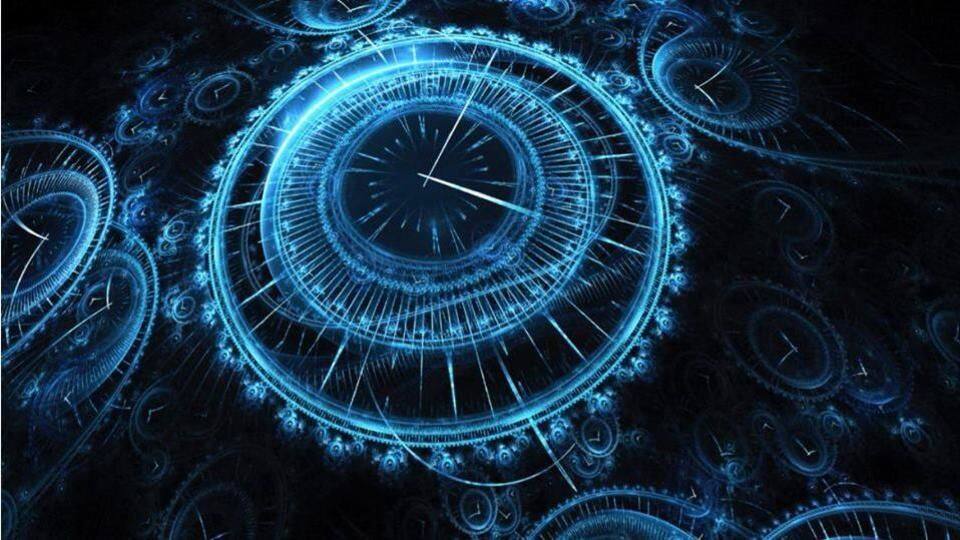
Flicks: A new unit of time invented by Facebook
What's the story
Facebook has come up with a new way of measuring time. Just like hours, minutes and seconds, there's now a new unit of time called "Flicks" invented by Facebook's Virtual Reality team. A flick is a little longer than a nanosecond. While a nanosecond is equal to 0.000000001 seconds, a flick is slightly longer, being 1/705600000 of a second. Here's all about it.
Twitter Post
Facebook's Oculus VR team invents Flick
We've launched Flicks, a unit of time, slightly larger than a nanosecond that exactly subdivides media frame rates and sampling frequencies. https://t.co/w9SDBznXRE
— Facebook Open Source (@fbOpenSource) January 22, 2018
Flicks
The next unit of time after nanosecond
The invention of "flick" is aimed at helping those working on creating visual effects for film, television, and other media. The name "flick" has been derived from "frame-tick". "This time unit began as a technical question posted publicly on Facebook by Christopher Horvath (Facebook engineer) in early 2017. Many people contributed and refined the unit," stated Facebook in a GitHub post.
Frame Duration
Flick can give more accurate duration of frames
Facebook said a flick can "in integer quantities exactly represent a single-frame duration for 24Hz, 25Hz, 30Hz, 48Hz, 50Hz, 60Hz, 90Hz, 100Hz, 120Hz, and also 1/1000 divisions of each." It said flick is suitable "for use via std::chrono::duration and std::ratio for doing timing work against the system high-resolution clock, which is in nanoseconds," adding it doesn't get out-of-sync when doing common frame rates.
Uses
Flicks help in editing and creating visual effects
There are 24 frames-per-second in a standard film; so, each frame is 04166666667 seconds long, rounded to 0.416 seconds. But this duration of a single-frame isn't accurate. People working on visual effects or post-production find it difficult to sync everything. Flick, however, gives round figures for a duration. 24fps exactly has 29,400,000 flicks. There are no unending decimals, ensuring that everything is in sync.
Information
Flick covers all major digital audio formats, too
Facebook says "flick" also supports common audio sample rates like 8kHz, 16kHz, 22.05kHz, 24kHz, 32kHz, 44.1kHz, 48kHz, 88.2kHz, 96kHz, and 192kHz. It added, "Humans can't hear higher than 48kHz...the higher sample rates are used for working audio files which might later be resampled or re-timed."